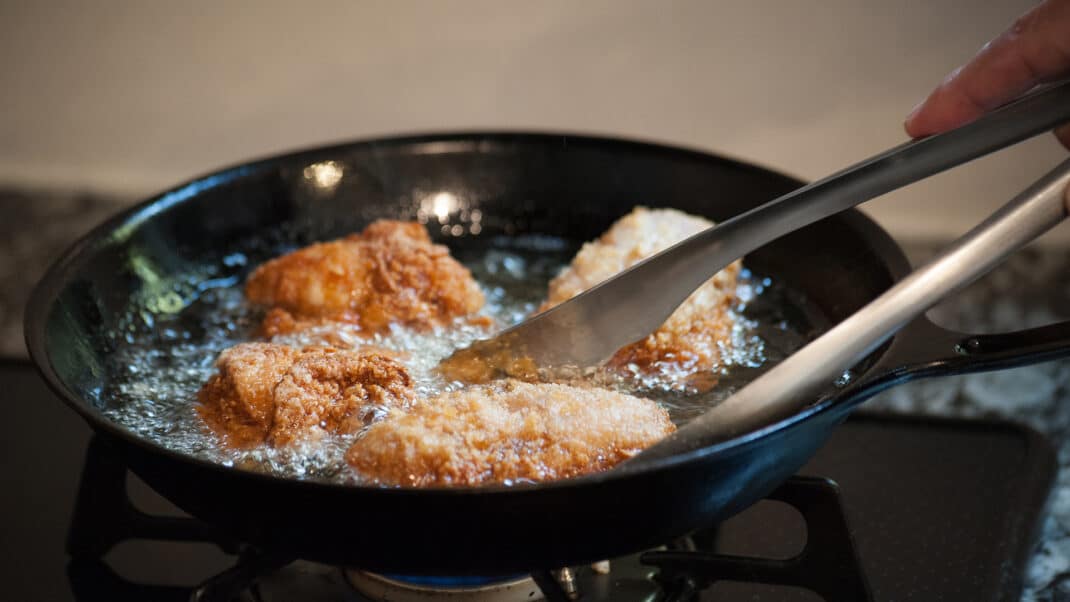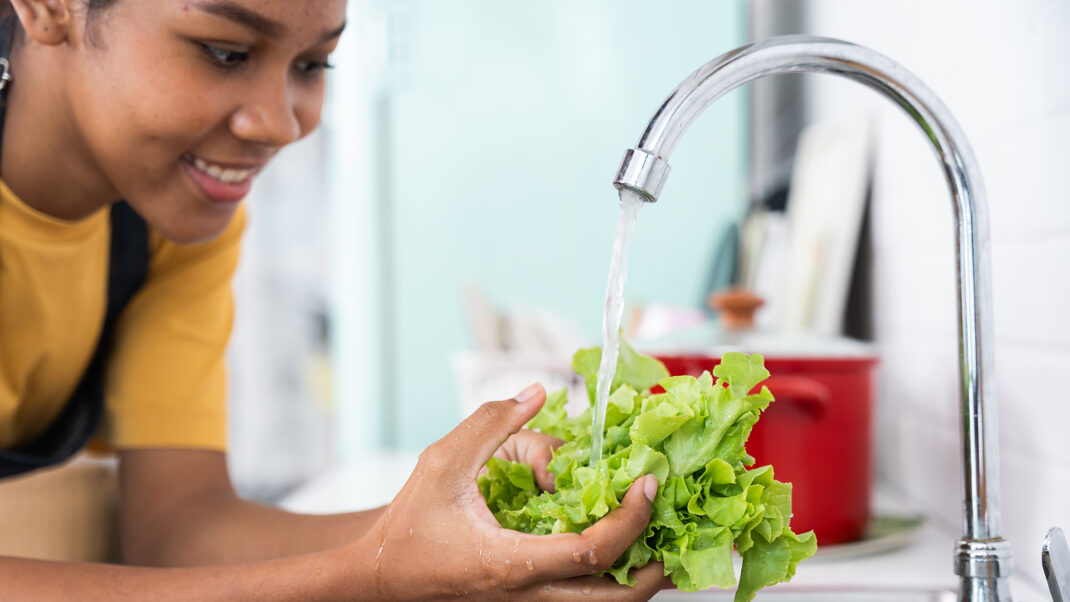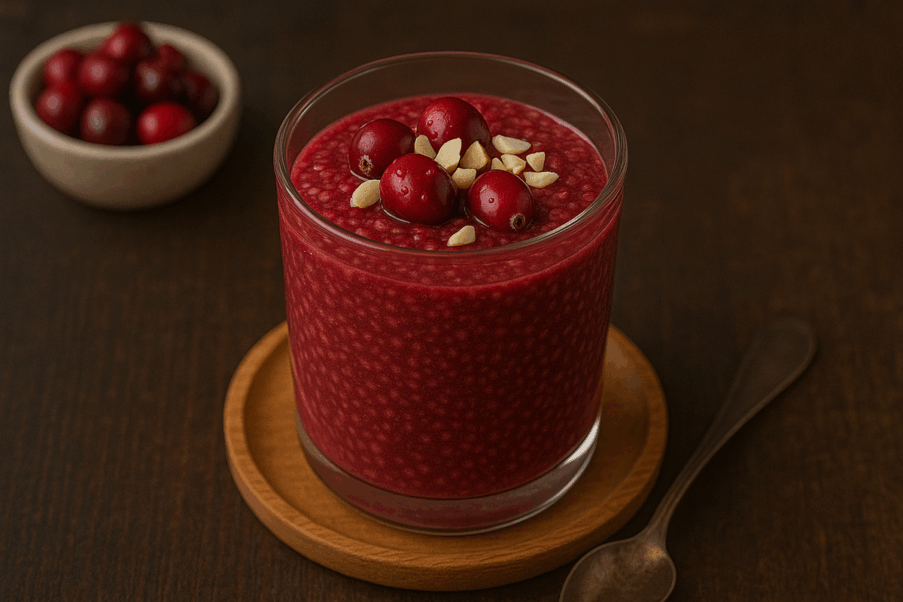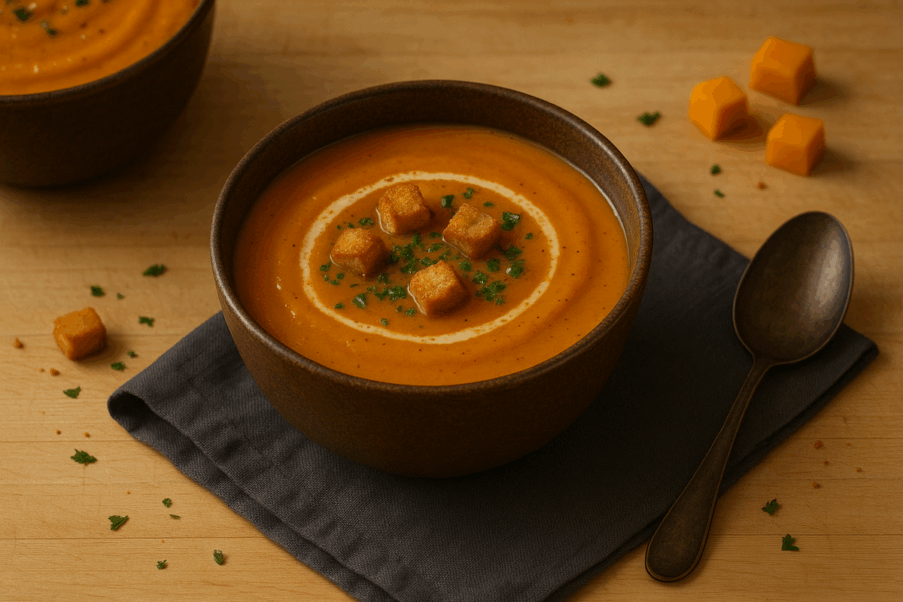How Our Cooking Style Could be Harming Our Health
Study reveals the best ways to maintain cleaner air in your kitchen when it comes to meal prep.

The seemingly benign act of cooking dinner might be filling your home with potentially harmful air pollutants, according to research published in the journal Indoor Air. The study, conducted by researchers at the University of Birmingham and the Max Planck Institute for Chemistry, reveals significant differences in air quality between some of the most common home cooking methods. Investigators cooked chicken breast (120 grams) with canola oil in 90 controlled cooking experiments using five different methods: pan-frying, stir-frying, deep-frying, boiling and air-frying. The test kitchen was equipped with two monitoring instruments placed at breathing height: one that measured airborne particles and another that detected gaseous compounds that are released during cooking. Pan-frying emerged as the biggest contaminator of the indoor air, producing particulate matter levels of around 93 micrograms per cubic meter. Stir-frying came in second for particle pollution, while deep-frying produced relatively lower levels. The champions of cleaner air? Boiling and air-frying, which produced minimal pollutants, barely above background levels. As for volatile organic compounds, pan-frying still topped the charts at around 260 parts per billion, with deep-frying taking second place at 230 parts per billion, followed by stir-frying at 110 parts per billion. Again, boiling and air-frying proved to be the safest methods, producing only 30 and 20 parts per billion respectively. Although not tested, likely, steaming would also produce lower levels of airborne particulate matter and gaseous compounds.
The Maillard reaction — the chemical process that creates the browning and complex flavors – was identified as a major source of potentially hazardous compounds in the air. Higher cooking temperatures like those used with pan-frying consistently led to more pollutants of both types. Interestingly, using more oil reduced particle emissions, potentially distributing heat more evenly, preventing food from overheating and reducing the formation of particles. However, extra oil increased the production of volatile organic compounds, creating a trade-off between the types of pollutants. (There is some additional research to suggest that compounds released from cooking oils form complex structures that can trap water and resist chemical breakdown.) It’s worth noting that these results may vary based on different foods and different oils. So what does this mean for the home cook? Here are some action points:
- Air fryers and boiling methods are helpful for minimizing indoor air pollution. Steaming also likely keeps indoor air pollution down and is better than boiling at minimizing nutrient loss in items like vegetables.
- When you do need to fry, maintaining moderate temperatures can help reduce emissions.
- The study found that pollutant levels typically peaked about 14 minutes after cooking ended, suggesting it’s important to ventilate your kitchen, with a range hood fan or an open window, not just during cooking but also for several minutes afterward.
References
https://onlinelibrary.wiley.com/doi/10.1155/2024/6355613
https://acp.copernicus.org/articles/24/13571/2024/
Matthew Kadey, MS, RD
Matthew Kadey, MS, RD, is a James Beard Award–winning food journalist, dietitian and author of the cookbook Rocket Fuel: Power-Packed Food for Sport + Adventure (VeloPress 2016). He has written for dozens of magazines, including Runner’s World, Men’s Health, Shape, Men’s Fitness and Muscle and Fitness.



